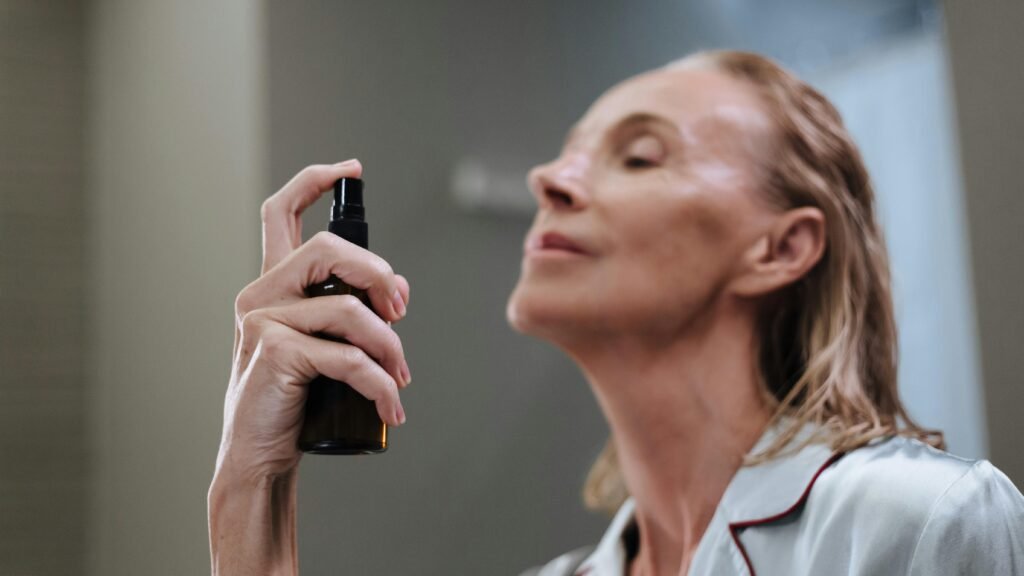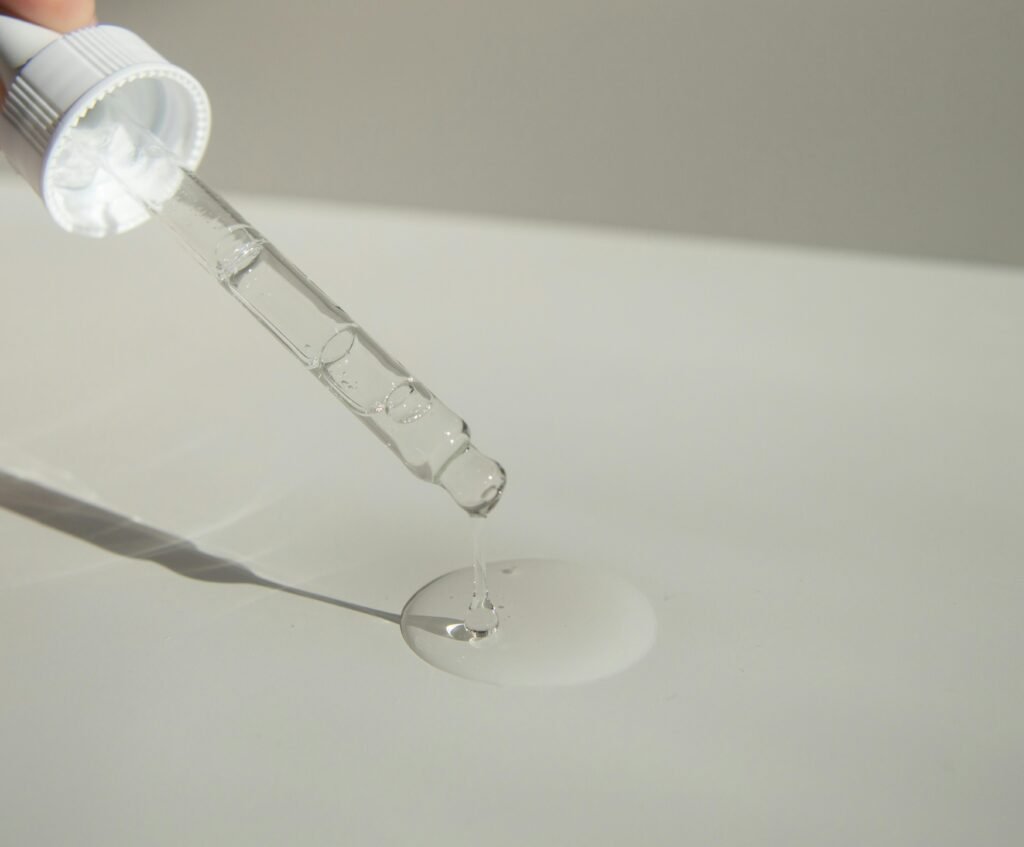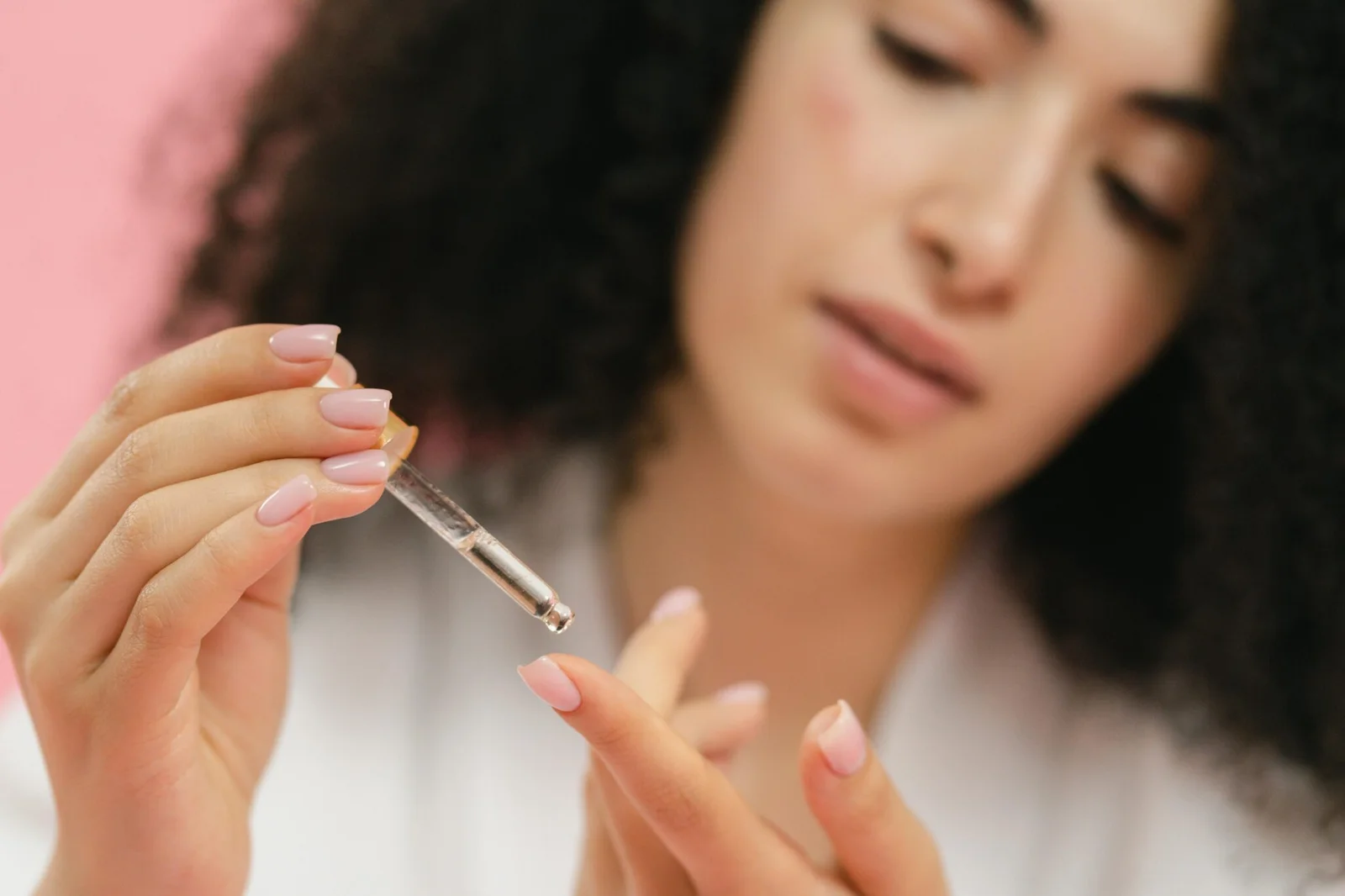Unlocking Retinol: Top Retinol Benefits for Your Skin
October 17, 2024 | by A Skincare Enthusiast

Retinol has become a prominent ingredient in skincare, renowned for its remarkable impact on skin appearance. If you aim to reduce fine lines, improve texture, or achieve a radiant complexion, adding retinol to your routine can produce impressive outcomes. In this blog, we will explore what retinol is, its benefits, and how to successfully incorporate it into your skincare routine.
What is Retinol?

Retinol, a form of vitamin A, is categorized under the class of compounds called retinoids. It is commonly utilized in skincare because it enhances skin cell renewal, boosts collagen synthesis, and improves skin tone and texture. Retinol is found in various forms, such as retinol creams and retinol-based serums.
Benefits of Retinol for Your Skin

Reduces Fine Lines and Wrinkles
Retinol is celebrated for its anti-aging effects. Consistent use can diminish the visibility of fine lines and wrinkles, resulting in smoother, more youthful skin.
Improves Skin Texture
A prominent retinol benefit for the skin is its capacity to improve texture. By facilitating cell turnover, retinol aids in shedding dead skin cells, unveiling a more luminous and even complexion.
Combats Acne
Retinol is beneficial not only for aging skin but also in combating acne. Retinol cream for the face can greatly reduce breakouts and enhance skin texture by preventing pore blockages and minimizing inflammation.
Promotes Radiance
Adding retinol to your skincare regimen can result in a more radiant appearance. Many people have reported achieving a healthy glow as their skin becomes smoother and more polished.
Treats Hyperpigmentation
Retinol effectively lightens dark spots and hyperpigmentation, making it a valuable ingredient for even skin tone. This is mainly found in creams containing retinol.
How to Use Retinol?

Integrating retinol into your skincare routine requires some understanding. Here are some critical points
Start Slowly:
Begin gradually and opt for a lower strength. A concentration of 0.05% is a great starting point. To increase application frequency, start with a pea-sized amount of the product 2 to 3 times each week.
Slowly increase the concentration as your skin builds tolerance. It’s best to begin with a good retinol lotion or a retinol serum containing 0.05% to 0.25% retinol.
Apply at Night:
Apply retinol at night if you’re worried about heightened sun sensitivity. If your skin adapts well to retinol after one or two weeks, you can progress to using the product every other night.
Combine Retinol with a Moisturizer:
To address any possible dryness or irritation, always follow the sandwich method (recommended by dermatologists). Apply one layer of moisturizer before the retinol and another layer afterward. This method helps create a buffer for your skin, reducing the chances of irritation.
Selecting the Right Retinol Product for the Face:

When it comes to selecting the ideal retinol product, keep the following options in mind:
Retinol Cream
Look for products that blend retinol with moisturizing ingredients to reduce irritation.
Retinol Serum:
Serums usually provide a more concentrated retinol, making them practical for precise treatments. These often include extra beneficial components like hyaluronic acid to enhance effectiveness.
Eye Retinol Cream:
Specifically designed for the sensitive skin around the eyes, these creams can help tackle crow’s feet and dark circles.
Understanding Retinol Benefits and Risks
Like any active ingredient, retinol may cause side effects. Frequently reported concerns include dryness, redness, and flaking, especially when first using it. Slowly incorporating retinol into your regimen can aid your skin in adapting.
When Should You Expect to See Results?

The results from retinol use can differ based on personal skin types and issues. Typically, noticeable improvements may be observed within four to six weeks of regular application. For the best outcomes, be patient and adhere to a regular morning or night skincare routine that includes retinol.
Retinol: Is it Available by Prescription or over-the-counter?
Although certain retinol products can be found without a prescription, others, such as retinol prescription creams, provide more substantial concentrations and might be suggested by dermatologists for particular skin issues.
Conclusion
Retinol is a standout ingredient in retinol skin care. Its capacity to rejuvenate the skin by diminishing signs of aging, enhancing texture, and fighting acne makes it a fundamental part of many skin care routines. Whether you opt for a top-rated retinol cream, an effective retinol serum, or a targeted eye retinol cream, the essential factor is selecting the product that meets your skin’s specific needs. With regular use, the advantages of retinol serum can contribute to healthier, more youthful-looking skin.
By grasping what retinol is and how to use it effectively, you can harness its full potential and attain the radiant complexion you seek!
RELATED POSTS
View all

